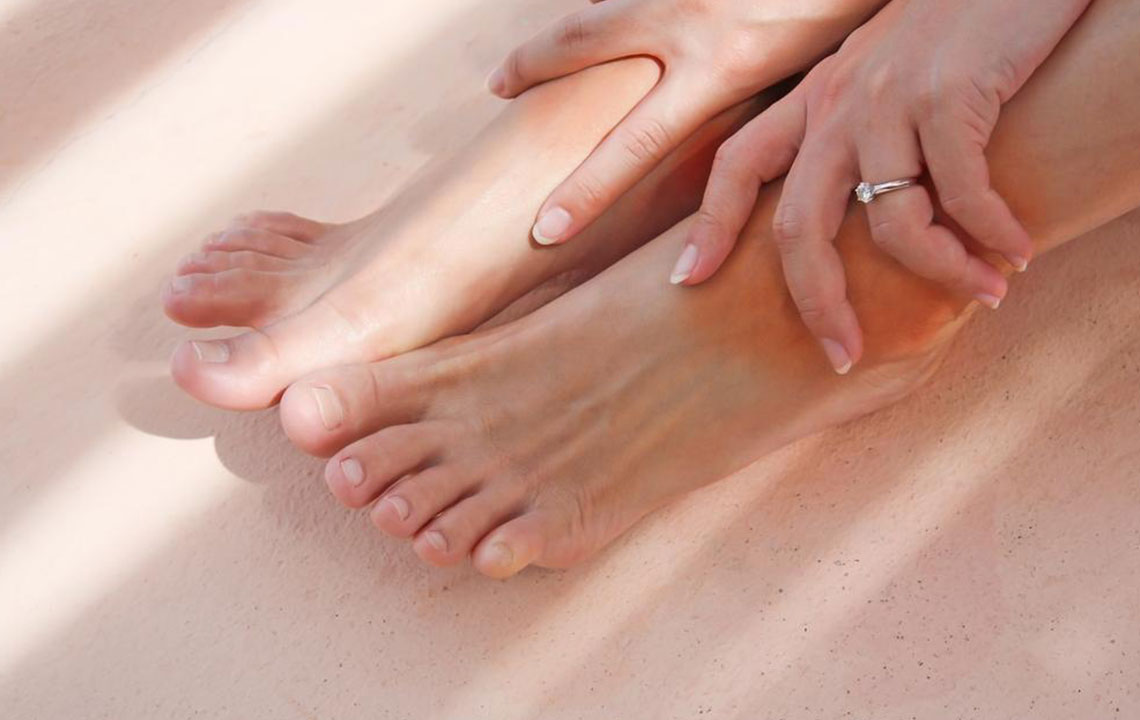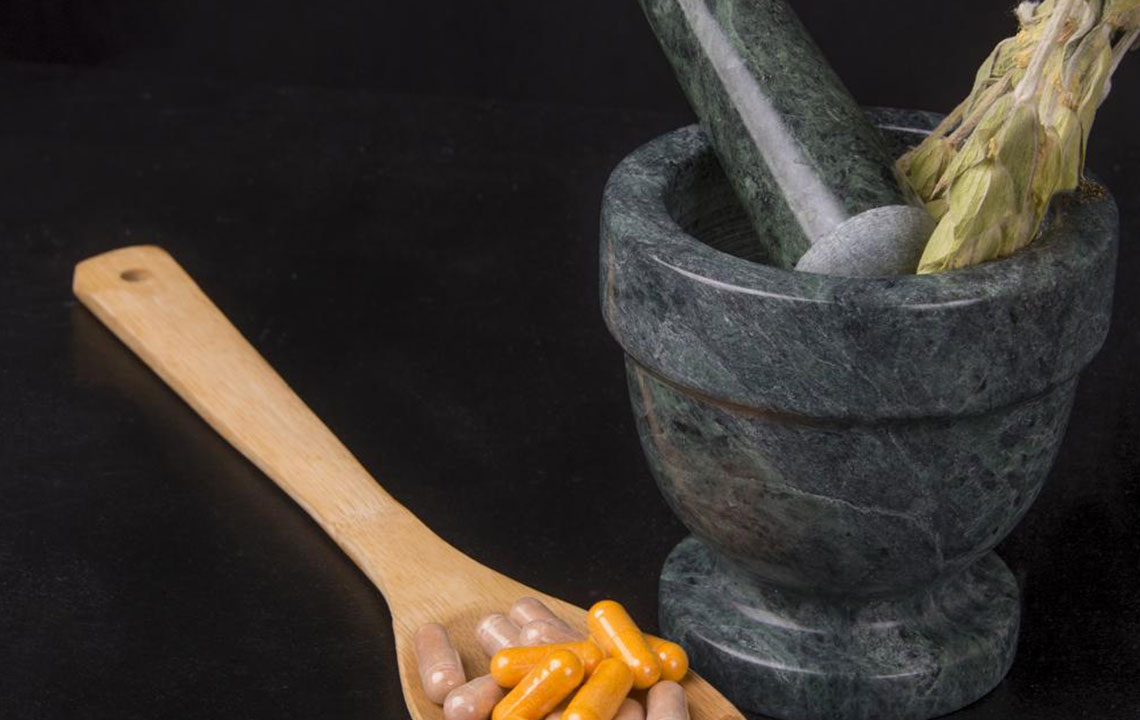Effective Daily Strategies for Managing Arthritis Discomfort
This article explores practical daily habits to alleviate arthritis symptoms. It emphasizes the importance of methods like meditation, acupuncture, heat/cold therapy, physiotherapy, and dietary improvements involving cherries and turmeric. Combining these routines with proper medical care can significantly reduce pain, improve joint function, and enhance overall quality of life for arthritis sufferers.

Effective Daily Strategies for Managing Arthritis Discomfort
Individuals over 50 often experience persistent knee pain and stiffness, typical signs of Osteoarthritis. This condition results from the deterioration of joint tissues, making it the most prevalent form of arthritis among seniors. Other common types include Rheumatoid arthritis, caused by immune malfunction, and gout, linked to high uric acid levels. There are various arthritis forms recognized by medical science, each requiring tailored management approaches.
Arthritis pain can significantly impact daily activities, making simple movements difficult if left untreated. If you suspect arthritis, consulting an orthopedic specialist promptly is essential. Meanwhile, adopting certain everyday habits can alleviate pain and improve quality of life. These strategies may not cure arthritis but can provide substantial relief over time.
Incorporating specific routines into your daily life can help reduce arthritis symptoms. Here are five proven habits to consider:
Meditation
Practicing meditation regularly helps calm the mind and relax the body, effectively easing arthritis discomfort. Stress triggers cortisol release, which can weaken immunity and escalate pain. Meditation lowers stress levels, enhances immune function, and relaxes tense muscles affected by arthritis. Dedicate 20–30 minutes daily to meditation, and consider pairing it with gentle physical activity for optimal benefits.
Acupuncture
This traditional Chinese therapy involves inserting fine needles into specific body points to improve energy flow. Acupuncture has gained global recognition for arthritis relief, as it boosts endorphin production—the body’s natural painkillers—and promotes better blood circulation. It is suitable for all arthritis types and has shown significant pain reduction when performed by licensed practitioners.
Heat and Cold Therapy
Using hot and cold packs remains a popular method for managing arthritis pain. Applying heat for 15–20 minutes, two to three times daily, relaxes tense muscles and enhances blood flow, easing joint stiffness. Cold packs help reduce inflammation and numb pain, making them useful during flare-ups. A warm shower in the morning and evening can also provide comfort and relief.
Physiotherapy
Many healthcare providers recommend physiotherapy as a supportive treatment for arthritis. Tailored exercises improve joint flexibility, strengthen weakened areas, and prevent immobilization due to pain. Regular sessions—about 30 minutes, weekly—can significantly improve joint function and reduce discomfort. Always consult your doctor or physiotherapist to customize the program for your needs.
Dietary Additions: Cherry Juice & Turmeric Tea
Cherries, particularly tart varieties rich in anthocyanins, help prevent gout and reduce arthritis inflammation thanks to their anti-inflammatory properties. Turmeric, containing curcumin, is celebrated for its powerful anti-inflammatory effects and immune-boosting qualities. Drinking turmeric tea with black pepper and honey enhances its benefits and may help alleviate joint pain. Incorporating these foods into your diet, alongside lifestyle changes, can make a meaningful difference.
Adopting these daily habits, combined with proper medical treatment and conscious lifestyle choices, can help manage arthritis effectively, leading to improved comfort and mobility.










